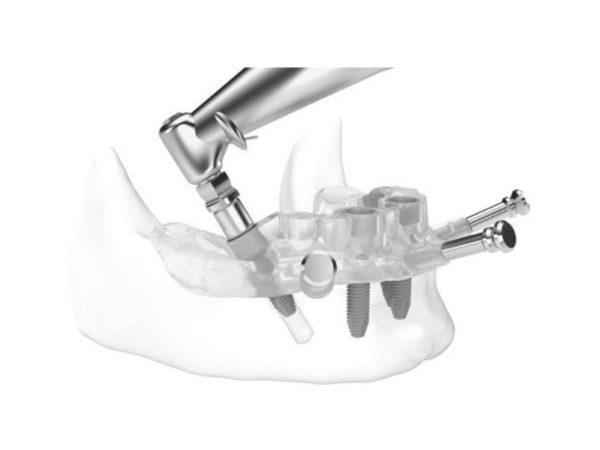
Computer-guided implant surgery is a technique that uses advanced digital technology to plan and perform dental implant surgery with a high degree of accuracy and precision. This approach involves the use of specialized software to create a 3D model of the patient’s mouth and plan the exact position, angle, and depth of the implant placement.
The computer-guided implant surgery process typically involves several steps:
- Digital scanning: The patient’s mouth is scanned using specialized digital scanners to create a 3D model of the jawbone and surrounding tissues.
- Digital planning: The dentist uses specialized software to plan the implant placement, taking into account factors such as the location of nearby teeth and the density of the jawbone.
- Surgical guide fabrication: Based on the digital plan, a surgical guide is fabricated to fit over the patient’s teeth during surgery. This guide helps the dentist to accurately place the implant in the exact position and angle that was planned.
- Implant placement: During the surgery, the surgical guide is placed over the patient’s teeth and the implant is placed in the pre-planned location using the guide for accuracy.
Benefits of computer-guided implant surgery include:
- Enhanced accuracy and precision in implant placement
- Reduced risk of complications
- Less invasive procedure and shorter surgery time
- Improved patient comfort during and after the procedure
- Faster healing and recovery time
Overall, computer-guided implant surgery is a valuable tool that can help dentists to plan and perform implant surgery with a high degree of accuracy and predictability, resulting in better patient outcomes and satisfaction.


























